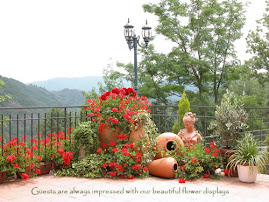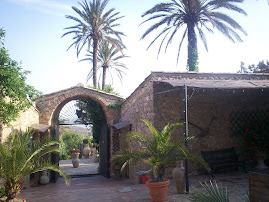 Really, there is no such thing as Italian food. There is Sicilian food or Tuscan food or Venetian food.
Really, there is no such thing as Italian food. There is Sicilian food or Tuscan food or Venetian food.Every region has its own food. Italy was not even officially a country until 1861, and not in reality until 1946. Cucina italiana is deeply traditional, profoundly regional and utterly seasonal.
The concept of campanilismo is a fundamental aspect of Italian life and culture, and conditions everything in the country. Goethe much admired Italians for this ‘cult of local patriotism’, although he devoted almost no attention to food in his travels, except for a cursory remark here and there. The weather impressed him much more.
Campanilismo means the attachment to the Parish, or everything within the sound of your own Campanile or church bell-tower. This has its roots in the medieval, feudal nature of an agricultural society ruled by the Campanile e Castello. The priest in the Church and the feudal Lord in his castle.
Everything about food in
Food in
The rest of the Tuscan diet consists largely of bread, beans, beans and beans, the rich and fragrant minestrone called ribollita, then Acquacotta, literally hot-water, which is a cabbage and bean soup, and pappa al pomodoro, which is essentially tomato and bread soup. Then of course there is the Tripe. Tripe is famous in
Tuscan hospitality is profound. The food is always of the very best quality. Freshness and simplicity is a hallmark, and autumn is my favourite season—white asparagus, wild boar, rabbit and hare, Porcini mushrooms and black tartufe or truffles, gnocchi, castagne chestnuts, figs and grapes and new wine, vino novello.

























